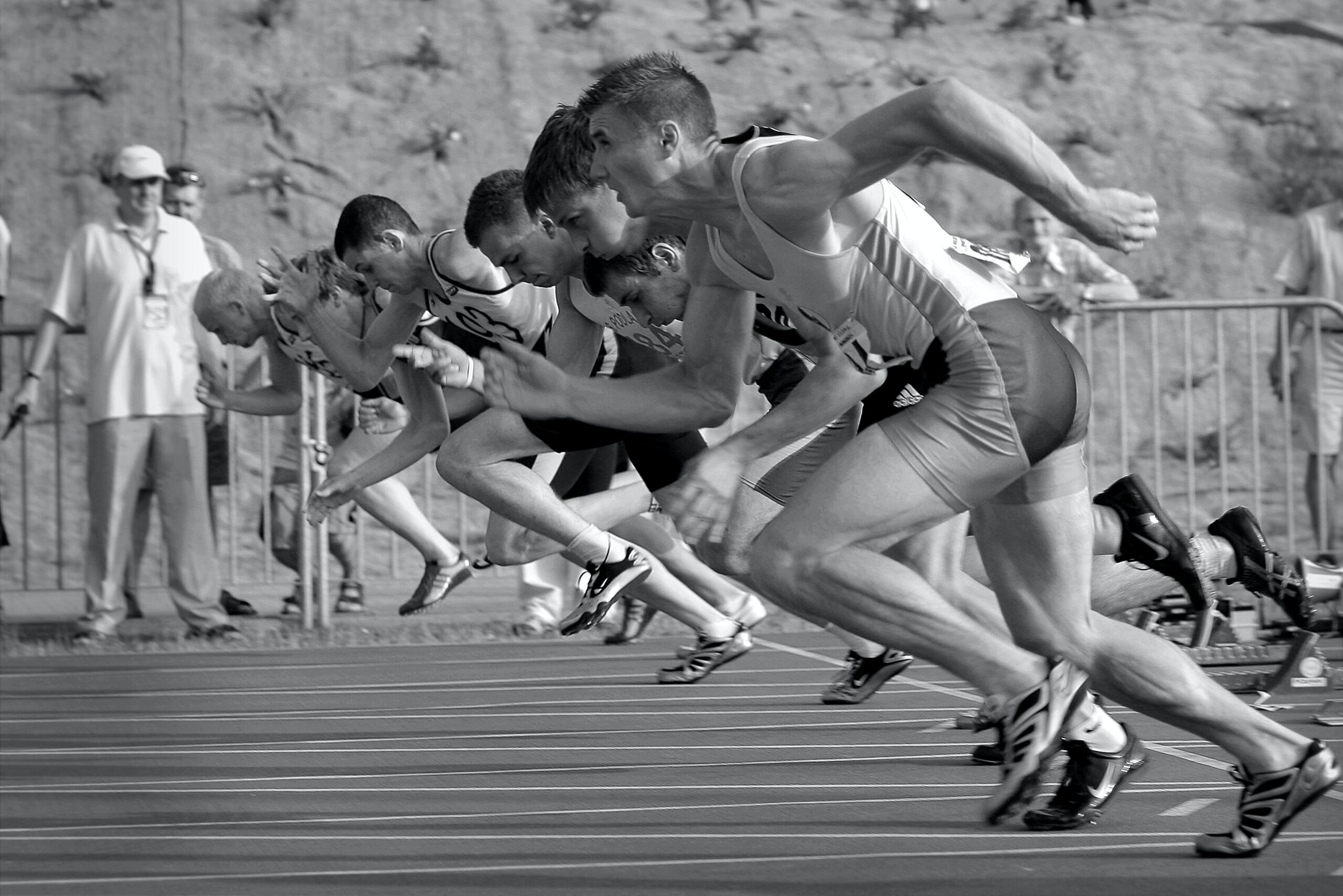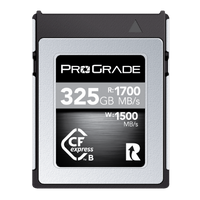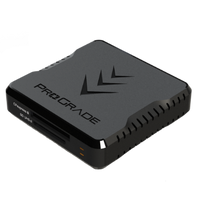Wondering how different focus modes exactly work? This guide gives you all the knowledge you need to choose a perfect focus mode for every possible scene.
Continuous, single, and automatic are all different autofocus modes, while manual, as the name suggests, is a manual focusing mode.
1. Continuous Focus Mode
The continuous focus mode is designed for shooting moving subjects. In this focus mode, the camera tracks the subject’s movement and focuses the lens accordingly. For that, it continually checks the distance between the camera and subject and adjusts focus each time it detects the change, up until the moment you release the shutter.
Different camera manufacturers give this focus mode different names. Canon calls it AI Servo AF, Sony Continues AF, and Nikon simply AF-C. Similarly, different cameras indicate differently when the focus is achieved. For example, the autofocus point on Canon cameras will turn blue once the subject is in focus. So make sure you know your camera. Otherwise, it is easy to end up with a blurry image.
Continuous focus modes on almost all cameras allow you to fire the shutter even if the subject is not in focus. So, always ensure your camera indicates that the lens has finished refocusing before you shoot.
Another thing you must know about the continuous focus mode is that it is often predictive. Again, camera manufacturers have programmed their continuous autofocus modes differently, but almost all of them, in one way or another, attempt to predict where the subject is moving. In other words, your camera tries to calculate where the subject will be when you release the shutter. So when in continuous focus mode, your camera not only continuously measures the distance between the camera and subject but also factors in previously received results. Based on that, the algorithm calculates the direction and speed of the subject and anticipates its movement. This is good for two reasons. First, it helps reduce significant errors where the lens jumps entirely out of focus, as the algorithm ignores every reading that is wildly different from previously measured results. Second, it helps counter “shutter lag” – the brief time it takes the shutter to actually open after you press the button.
The continuous focus mode also has its limitations. For example, it’s one thing to predict the movement of the driving car or walking pedestrian, but it’s entirely different to track a bird or a cheetah doing zig-zags while chasing prey.
To combat these limitations, camera manufacturers have developed variations of continuous focus modes. Animal Eye AF, Vehicle AF, and Deep Learning AF are all created for that purpose. In addition, more advanced cameras enable you to customize how the continuous autofocus acts in certain situations.
2. Single Shot Focus Mode
Like continuous focus mode, the single shot focus mode is also an autofocus system. And like its continuous counterpart, this dear child also has many names. One-shot AF (Canon), Single-Shot AF (Sony), and AF-S (Nikon), to name a few.
Single-shot focus mode suits best for shooting subjects that are not in motion. Pressing the shutter button halfway activates the autofocusing; once complete, the focus is locked. So if you keep your finger on the button, no adjustments are made, even if you decide to recompose the shot and move the camera.
Unlike in continuous mode, the camera set in single-shot focus mode will not let you release the shutter if the subject is not in focus. Meaning you can’t take pictures of out-of-focus subjects.
Cameras usually have several AF point selection methods. For example, Single Point AF, 1-point AF, Single Point Spot AF, Spot AF, Pinpoint, Large Zone AF: Vertical, Large Zone AF: Horizontal, Wide Area (Small), and Wide Area (Large) are all AF point selection methods that tell your camera where in the frame you want it to focus. These methods vary from camera to camera, but they function similarly.
One thing your very expensive camera still can’t do is read your mind. So make sure you master the autofocus area modes of your camera. This can help you hit the mark every single time.
3. Automatic Focus Mode
Automatic focus mode – AI Focus AF (Canon), Automatic AF (Sony), and AF-A (Nikon) – switches automatically between continuous focus mode and single-shot focus mode based on the movement of the subject.
When you half-press the shutter button, the focus is locked if the subject is stationary. However, if the camera detects a movement over a certain speed, it will switch to continuous focus mode and starts tracking the subject.
This focus mode is best in situations where you need to alternate between shooting stationary and moving subjects, so you don’t have to switch between the modes over and over. Most notably, street, action, and sports photography.
4. Manual Focus Mode
In manual focus mode, you decide where to focus instead of letting your camera do it.
Autofocus is generally more often used than manual focus. Most photographers use AF mainly for convenience. It is usually faster and more accurate. Especially when it comes to tracking moving subjects. In addition, letting your camera do all the work means shooting photos takes less effort. However, manual focus is still essential, and everyone with a camera should be familiar with it.
Professional photographers (these days) are a lot like airline pilots. Modern planes are fully capable of handling every phase of the flight, including taking off and landing. Hence, planes fly mostly on autopilot, and the human pilot usually only steps in to correct the input if the system fails to do it properly.
The same is true with modern high-end cameras. Your input is needed when the camera is having trouble focusing. It may occur in low-light conditions or when there is very little contrast in the scene (more about that below). Focusing up close, choosing between two subjects, and focusing through foreground elements may also cause problems for your camera. Manual focus allows you to counter any such issues. You can override the lens’s autofocus mechanism by simply turning the ring on the lens.
Additionally, there are creative reasons for using manual focus. For instance, when you want to focus on an unusual area or a subject. For example, you may want to focus on a specific person way back in the crowd or deliberately defocus the entire scene for a nice dreamy effect. In situations like these, manual focus is the way to go.
How does autofocus work?
To use autofocus, you don’t need to know all the nitty-gritty and technical aspects behind it. That said, being familiar with the two primary autofocus systems, and knowing all their strengths and weaknesses, will give you a better understanding of why these systems sometimes fail to perform as expected.
Phase Detection Autofocus System
Phase detection autofocus relies on a pentaprism in your camera. That’s partially the reason why DSLR cameras are so heavy. The light entering the camera hits the prism and separates into two images. If the two images don’t line up, your subject is not in focus. If they do, your subject is in focus. The sensor inside the camera tells the lens in which direction to move the focus to line up the images.
Phase detection is a very fast autofocus system as it doesn’t require your camera to process a lot of data. That makes it perfect for tracking fast-moving subjects. But, at the same time, it is more prone to errors due to internal misalignment issues. Often related to the unprecise manufacturing process. Luckily, most cameras allow you to recalibrate the phase detection system.
Contrast Detection Autofocus System
The contrast detection autofocus system uses the contrast in your scene to determine focus. The system analyzes the contrast of the pixels on the camera’s sensor and moves the lens back and forth until it locates the correct focus point.
Contrast detection requires your camera to do a lot of computing. Meaning it typically takes longer to find the focus. So it is not as good as phase detection when it comes to tracking moving subjects. Similarly, it tends to fail to find the focus when there is very little contrast in the scene. But, it still is generally a much more accurate system, as it measures data straight from the camera sensor.
How to Switch Between Phase Detection and Contrast Detection Systems?
Most DSLR cameras switch between the two modes automatically. You don’t have to do anything. The phase detection system is activated whenever you autofocus using the viewfinder, and the contrast detection system is utilized whenever you use the LCD screen. Mirrorless cameras usually only have one autofocus detection system, so there’s no switching.
Focus Modes Explained: Final Words
Set the focus mode to continuous for shooting moving subjects, single for static and slow-moving subjects, automatic for shooting static and moving subjects one after another, and manual when the camera fails to focus automatically, or you are after some specific effects.
As always, practice using different focusing modes. Never sidestep shooting some scenes just because it requires a focus mode you don’t know that well. Even if you struggle at first, you’ll get better over time. And you’ll be happy you put in the effort to master all the focus modes.
We at ProGrade Digital are all about empowering photographers and cinematographers. We manufacture memory cards optimized for shooting photos and videos and high-speed workflow readers to satisfy the needs of professional photographers and videographers. So join us and take your workflow to the next level.





